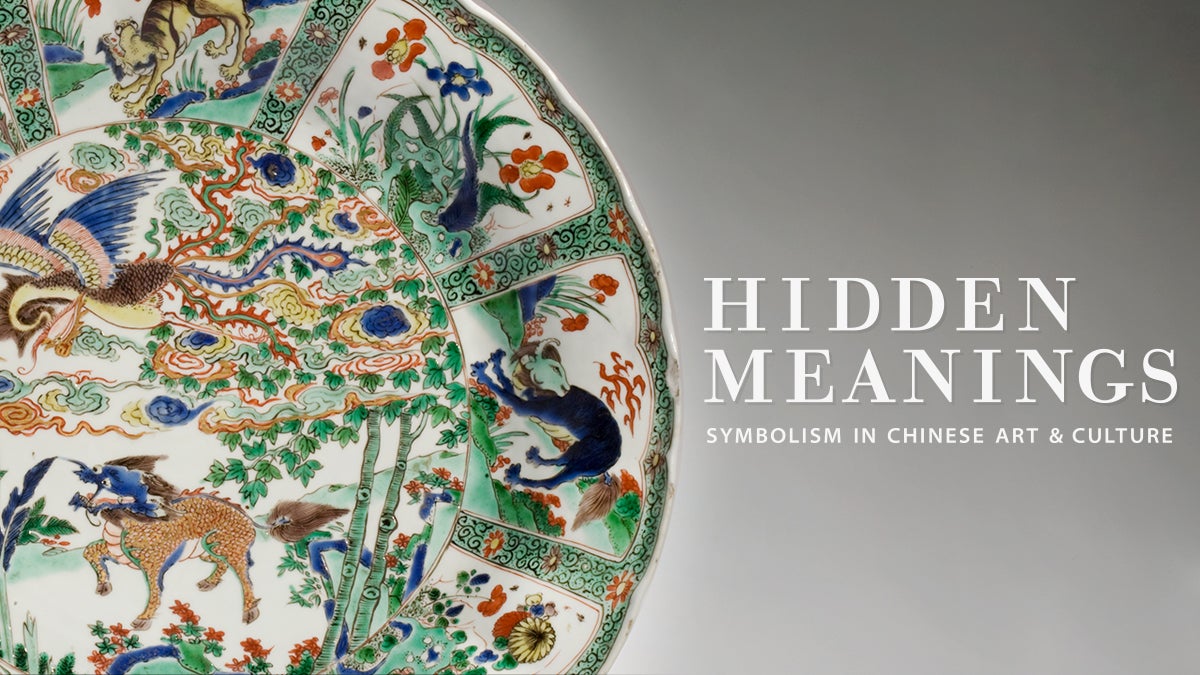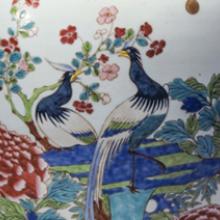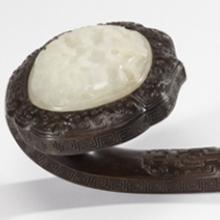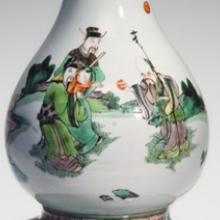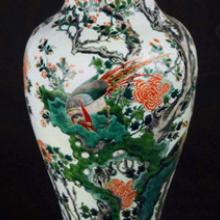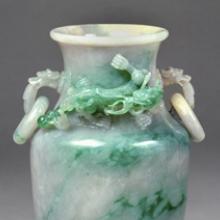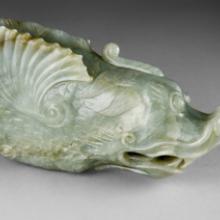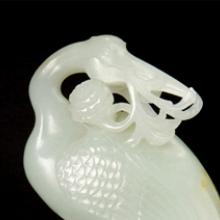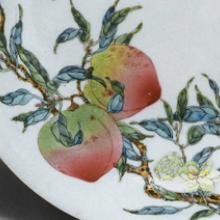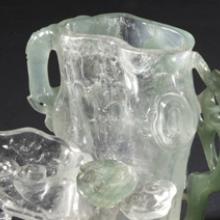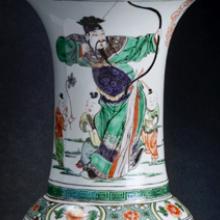Hidden Meanings: Symbolism in Chinese Art from the collections of the Asian Art Museum of San Francisco Chong-Moon Lee Center for Asian Art and Culture
Hidden Meanings: Symbolism in Chinese Art from the collections of the Asian Art Museum of San Francisco Chong-Moon Lee Center for Asian Art and Culture
More than merely decorative, the symbols and motifs that appear on Chinese decorative arts, clothing, and personal adornments often represent hidden meanings that convey a desire for the good things in life. Surrounding oneself with objects bearing auspicious symbols was, and still is, commonly believed to increase the likelihood of wish fulfillment.
Such aspirations are expressed in depictions of plants, animals, human figures, and objects, alone or in combination, known as rebuses or pictorial puns. The Chinese language lends itself to punning because many of its words share pronunciations. Seemingly straightforward images may be "read" as inspirational catchphrases (usually four characters when written). Look throughout this exhibition for visual combinations that translate into sayings.
The use of rebuses, which may have begun around two thousand years ago, became fully developed during the decorative arts of the Ming (1368–1644) and Qing (1644–1911) dynasties. The items selected for this exhibition were largely produced during those two eras. Many of the objects on display are grouped according to the meanings they convey. The most desirable wishes include:
- blessings (fu), in particular, harmonious marriages and the arrival of sons to carry on the family name
- rank and wealth ("official salary," lu), which sons might obtain for themselves and their families by passing the civil service examinations
- longevity (shou)
- peace (ping'an) and general wish fulfillment (ruyi)
From porcelain vases to wish-granting wands, most of the objects on view were made for emperors or exchanged among members of the upper classes. The symbols and the wishes they conveyed were, however, well known among all levels of Chinese society. Even today, the Star Gods and other folk deities are regarded as powerful agents of good fortune. Though such popular beliefs may be rooted in Taoism, Confucianism, or Buddhism, they have long since ceased to be associated with a particular philosophy or religion.
Paying homage to one's ancestors, doing one's duty to family and community, and invoking the assistance of folk deities in attaining prosperity and happiness continue to be important to most Chinese people regardless of their other religious beliefs. Wishes for good fortune through the depiction of symbolic motifs go hand in hand with these practices, which still flourish in Chinese communities around the world.
This exhibition was made possible through a generous loan from the Asian Art Museum of San Francisco. Special thanks to Terese Tse Bartholomew, Curator Emeritus of Himalayan Art and Chinese Decorative Art, Asian Art Museum, San Francisco.
This exhibit is located post-security, where only ticketed passengers are allowed.
©2010 by the San Francisco Airport Commission. All rights reserved.
